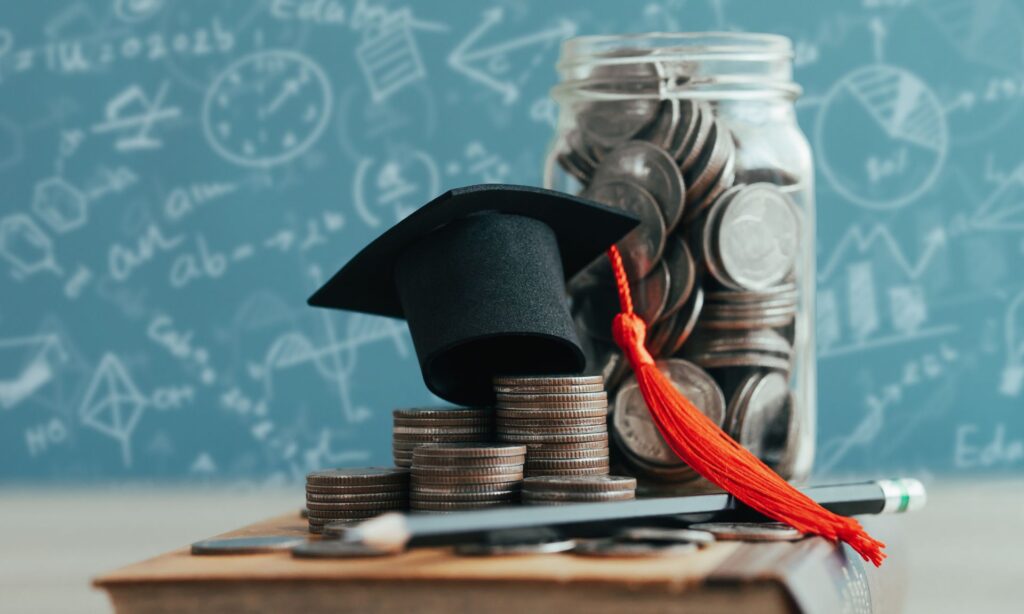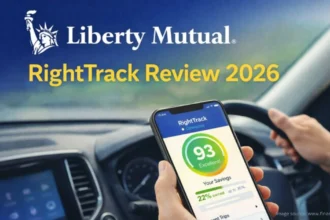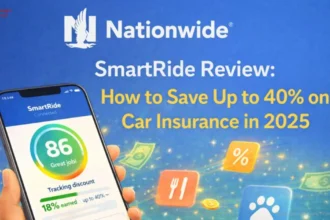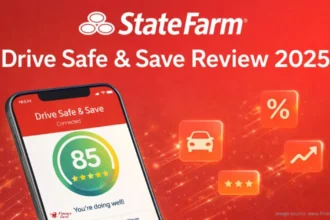When Will Student Loan Forgiveness Be Applied?

The student loan debt crisis has been a long-standing issue in the United States, with millions of Americans struggling to repay their educational loans. In response to this crisis, the Biden administration has implemented a widespread student loan forgiveness plan, aimed at providing financial assistance to eligible borrowers. However, the timeline and application process for this relief have been shrouded in uncertainty, leaving many borrowers with unanswered questions.
In this comprehensive guide, we will delve into the details of the student loan forgiveness plan, including when it will be applied, who is eligible, and how to navigate the application process. We will also address the legal challenges facing the plan and provide insights into the future of student loan repayment.
Understanding the Student Loan Forgiveness Plan
The Biden administration’s student loan forgiveness plan is a federal initiative designed to cancel a portion of eligible borrowers’ outstanding student loan debt. Under this plan, eligible borrowers can receive up to $20,000 in debt relief for those who received a Pell Grant and up to $10,000 for those who did not receive a Pell Grant.
The eligibility criteria are based on individual or household income, with the following thresholds:
- Individuals with federal student loans who earned less than $125,000 (or married couples or heads of households who filed taxes separately and earned less than $250,000) in 2020 or 2021 are eligible.
- Borrowers with federal student loans owned by the U.S. Department of Education are eligible for relief.
- Current students with outstanding loan balances are also eligible for relief.
It’s important to note that not all student loans are eligible for forgiveness under the current plan. Only federal student loans with an outstanding balance as of June 30, 2022, qualify for relief, including:
- William D. Ford Federal Direct Loan (Direct Loan) Program loans
- Federal Family Education Loan (FFEL) Program loans held by the Department of Education or in default at a guaranty agency
- Federal Perkins Loan Program loans held by the Department of Education
- Defaulted loans, including Department of Education-held or commercially serviced Subsidized Stafford, Unsubsidized Stafford, parent PLUS, and Graduate PLUS loans, as well as Perkins loans held by the Department of Education
Private student loans, which are non-federal loans, are not eligible for debt relief under the current plan.
Timeline for Student Loan Forgiveness Application and Distribution
The timeline for applying and receiving student loan forgiveness has been a subject of much discussion and uncertainty. According to the official announcement from the U.S. Department of Education, the following key dates are essential to note:
- Application Opened: The application for student loan forgiveness opened on October 14, 2022.
- Application Deadline: The deadline to apply for student loan forgiveness is December 31, 2023.
- Processing and Distribution: The U.S. Department of Education aims to process applications and distribute debt relief on a rolling basis, with the first wave of approvals expected in early 2023.
It’s important to note that the timeline for receiving loan forgiveness may vary depending on the volume of applications received and the verification process required for each application. Borrowers are advised to apply as early as possible to ensure their applications are processed in a timely manner.
Legal Challenges and Potential Delays
The student loan forgiveness plan has faced several legal challenges from various parties, including states and conservative groups, which could potentially delay or alter the implementation timeline. These legal challenges have raised concerns about the legality of the plan and its potential impact on the federal government’s budget.
While the Biden administration has defended the legality of the plan, the legal battles have created uncertainty and delays in the implementation process. Borrowers should stay informed about any updates or changes to the plan through official government sources and trusted news outlets.
READ ALSO: Instant Cash Solutions: $255 Payday Loans Online Same Day
Applying for Student Loan Forgiveness
To apply for student loan debt relief, borrowers can follow these steps:
- Complete the application form on the official StudentAid.gov website. The application is designed to be user-friendly and should only require a few minutes to complete.
- Ensure that you provide accurate and complete information on the application form, including your name, Social Security number, date of birth, and other required details.
- If you prefer to complete the application in Spanish, it is also available in that language.
- Be cautious of individuals or companies claiming to assist you in obtaining loan discharge, forgiveness, cancellation, or debt relief for a fee. These are often fraudulent schemes, and you should never have to pay for assistance regarding your federal student aid.
- Seek help only from the U.S. Department of Education and your loan servicers. Avoid disclosing your personal information or account passwords to anyone.
- Stay vigilant for potential signs that you may be targeted by a student loan cancellation scam, and report any suspicious activity to the appropriate authorities.
By following these steps and remaining vigilant, you can navigate the process of applying for student loan debt relief while protecting yourself from potential scams.
When Do Student Loan Payments Resume in 2024?
While the student loan forgiveness plan aims to provide relief to eligible borrowers, it is important to note that federal student loan payments will resume in 2024 after an extended pause due to the COVID-19 pandemic.
The Student Loan Payment Pause
In March 2020, the Trump administration implemented a student loan payment pause as part of the CARES Act relief measures in response to the COVID-19 pandemic. This pause suspended monthly payments, stopped interest accrual, and halted collection efforts for federal student loan borrowers.
The payment pause was initially set to expire in September 2020 but was extended several times by both the Trump and Biden administrations. The final extension is set to expire on December 31, 2023, marking the end of the nearly three-year payment pause.
Resumption of Student Loan Payments
According to the U.S. Department of Education, federal student loan payments will resume in October 2024. This means that borrowers will receive their first student loan bill in over three years, with payments due sometime in that month.
It’s crucial for borrowers to prepare for the resumption of their loan repayment obligations and understand the following key points:
- Interest Resumption: Interest on federal student loans will resume accruing on September 1, 2024, after being effectively set to 0% since March 2020.
- Monthly Payment Amounts: For most borrowers, their monthly payment amount will remain the same as it was before the pandemic pause, barring any changes to their loan status or repayment plan.
- Loan Servicers: During the payment pause, some loan servicers have changed. Borrowers should log in to their Federal Student Aid account to find out who their current loan servicer is and ensure that the servicer has their correct contact information on file.
- Automatic Payments: If a borrower was enrolled in automatic payments before the pandemic pause, they will likely need to re-enroll by logging into their servicer’s website.
- Repayment Plan Options: Borrowers have the option to apply for various income-driven repayment plans, such as the SAVE (Saving on a Valuable Education) plan, which could lower their monthly payments based on their income.
Preparing for the Resumption of Student Loan Payments
As the date for the resumption of student loan payments approaches, borrowers should take proactive steps to prepare for this financial obligation. Here are some recommended actions:
- Review Your Loan Details: Log in to your Federal Student Aid account and review the details of your outstanding student loans, including the loan types, balances, and interest rates.
- Update Your Contact Information: Ensure that your loan servicer has your current contact information, including your mailing address, email address, and phone number.
- Explore Repayment Plan Options: Research and explore different repayment plan options, such as income-driven repayment plans, that could potentially lower your monthly payments based on your income.
- Create a Budget: Revisit your budget and adjust it to accommodate the resumption of student loan payments. Consider reducing expenses or increasing income sources to ensure you can make your monthly payments on time.
- Seek Assistance if Needed: If you anticipate difficulties in making your student loan payments, reach out to your loan servicer or the U.S. Department of Education to discuss potential options for assistance or deferment.
By taking these proactive steps, borrowers can better manage the transition back into repayment and avoid potential consequences of missed payments, such as negative credit reporting or loan default.
The Bottom Line
The student loan forgiveness plan implemented by the Biden administration aims to provide much-needed relief to eligible borrowers struggling with the burden of student loan debt. However, the process of applying for forgiveness and the timeline for receiving relief have been subject to legal challenges and uncertainties.
As borrowers navigate this process, it is crucial to stay informed through official government sources, apply for forgiveness before the December 31, 2023 deadline, and prepare for the resumption of student loan payments in October 2024.
By understanding the eligibility criteria, application process, and potential pitfalls, borrowers can make informed decisions and take proactive steps to manage their student loan obligations effectively.
While the future of student loan forgiveness remains uncertain, the ongoing efforts to address the student loan debt crisis highlight the need for comprehensive reforms and solutions that prioritize the financial well-being of millions of Americans.
Frequently Asked Questions (FAQs)
1. Is student loan forgiveness taxable?
No, student loan forgiveness under the current plan is not considered taxable income at the federal level. This means that borrowers who receive loan forgiveness will not have to pay federal income taxes on the amount forgiven.
2. What if my income has changed since 2020 or 2021?
The eligibility for student loan forgiveness is based on your income in 2020 or 2021, whichever is lower. If your income has changed since then, you will still be eligible for forgiveness as long as you met the income thresholds during those years.
3. Can I receive student loan forgiveness if I’m currently in school?
Yes, current students with outstanding loan balances are eligible for student loan forgiveness under the current plan.
4. Will student loan forgiveness affect my credit score?
Student loan forgiveness should not have a negative impact on your credit score. In fact, it may improve your credit score by reducing your overall debt burden and improving your debt-to-income ratio.
5. Can I apply for student loan forgiveness if I’m already in default?
Yes, borrowers who are in default on their federal student loans are eligible for student loan forgiveness. However, they may need to take additional steps to resolve their defaulted status before receiving forgiveness.
6. What happens if I miss a student loan payment after the payment pause ends?
During the “on-ramp period” from October 2024 to September 2025, borrowers who miss payments will be shielded from the usual consequences, such as negative credit reporting or loan default. However, interest will continue to accrue, increasing the overall loan balance over time. After the on-ramp period, failure to make payments can lead to negative consequences like credit reporting, wage garnishment, and eventual loan default.
7. Can I consolidate my loans before the payment pause ends?
Yes, borrowers have the option to consolidate their loans before the payment pause ends. Consolidating loans may help borrowers simplify their repayment process and potentially qualify for additional repayment plan options.
8. Will the student loan forgiveness plan be further extended or modified?
While the current plan has faced legal challenges and potential delays, it is uncertain whether the Biden administration will further extend or modify the student loan forgiveness plan. Borrowers should stay informed about any updates or changes through official government sources.
In another related article, Biden Student Loan Forgiveness Plan: Eligibility, Impact, and Complexities





